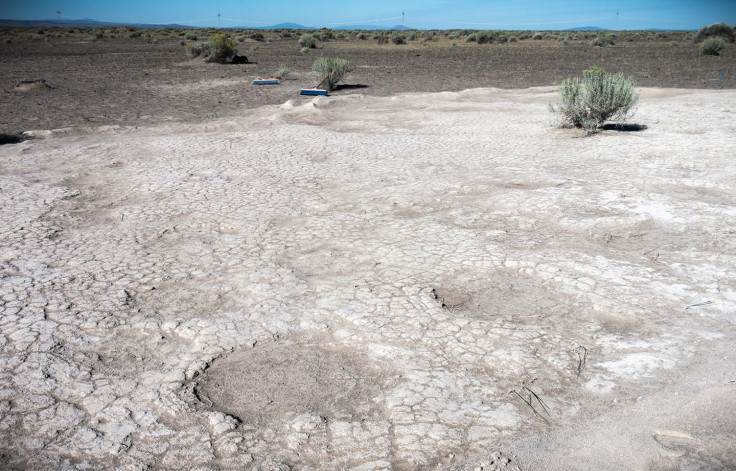Ice Age mammoth fossil tracks reveal how young ancient elephants cared for a wounded adult mammoth
Palaeontologists identified 117 impressions in the fossilised tracks, which were dated to be around 43,000 years old.

Palaeontologists have discovered Ice Age fossilised tracks that belonged to mammoths that lived thousands of years ago. Researchers believe the ancient trackway represents footprints of "adult, juvenile and infant mammoths".
The fossilised tracks were found at Fossil Lake in Oregon – an ancient basin that was first excavated by University of Oregon professor Thomas Condon in 1876. However, the mammoth tracks were only discovered in 2014 by Gregory Retallack, a University of Oregon professor and a palaeontologist with the Museum of Natural and Cultural History.
Retallack returned to the site in 2017, along with researchers from the Bureau of Land Management and University of Louisiana to excavate the trackway. The researchers found 117 impressions in the fossilised tracks, which were dated to be around 43,000 years old.
The researchers focused on a 20-footprint track that revealed some unusual features. "These prints were especially close together, and those on the right were more deeply impressed than those on the left — as if an adult mammoth had been limping," Retallack, the study's lead author, said in a statement.
The tracks revealed that an adult wounded mammoth was part of the herd. A couple of young mammoths appeared to be constantly checking on the wounded adult.
"These juveniles may have been interacting with a limping adult female, returning to her repeatedly throughout the journey, possibly out of concern for her slow progress," said Retallack. "Such behavior has been observed with wounded adults in modern, matriarchal herds of African elephants."
According to Retallack, trace fossils found in such trackways can provide unique insights into the history of such prehistoric creatures, even revealing the way the ancient animals interacted with each other.
"Tracks sometimes tell more about ancient creatures than their bones, particularly when it comes to their behavior," he said. "It's amazing to see this kind of interaction preserved in the fossil record."
The new research was published in the journal Palaeogeography, Palaeoclimatology, Palaeoecology.






















